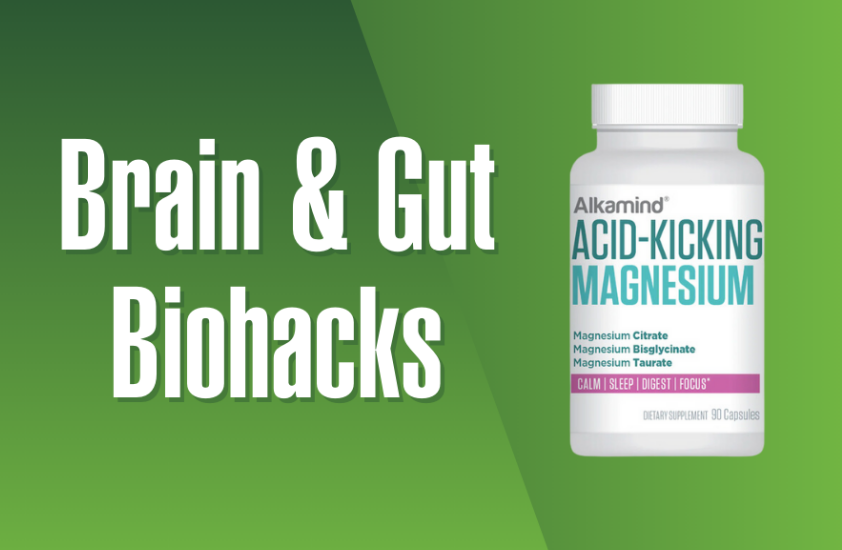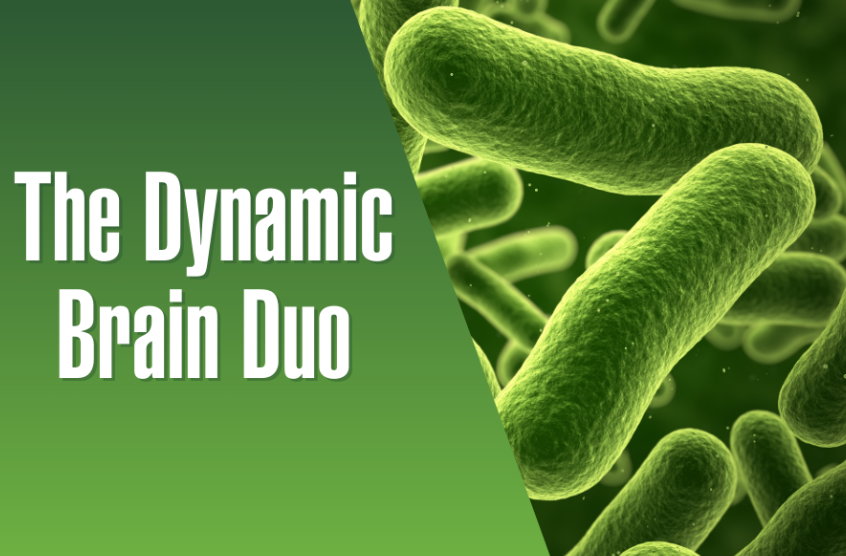
Sugar is probably the most acidic food on the planet, and other than artificial sweeteners, there’s nothing worse that you can eat.
But did you know that not all sugars are created equal?
Some forms of sugar are worse than others. And the worst sugar for a few different reasons is fructose.
Does that surprise you? You might be thinking, “Isn’t fructose the sugar in fruit? Shouldn’t it be less bad for you than other kinds?”
Well, we’ll get to the science behind why fructose is the worst sugar for your body in a minute, but the most important thing for you to take away from this today is that sugar is sugar to your body in all forms, and your body hates sugar.
First, let’s talk about the different types of sugar you consume:
- Glucose = Sugar from carbohydrates, including all bread, pasta, pastries, fruit, and even whole grains like quinoa and vegetables. Your body needs glucose to function, but hardly any compared to what Americans eat these days.
- Sucrose = White sugar, brown sugar, etc. made of glucose and fructose combined, but rapidly broken down once consumed.
- Fructose = Fruit sugar, also found in honey, agave, coconut sugar/nectar and high fructose corn syrup. Fructose is 1½ times sweeter than sucrose.
- Lactose = Milk sugar.
Each of the following sweeteners combine some forms of the sugar types above, many including some amount of fructose:
- Coconut nectar, which is 40% fructose.
- Maple syrup also contains 40% fructose.
- Honey (even raw manuka honey) also contains 52% fructose.
- Molasses does have trace minerals, but it has 50% fructose and 50% glucose.
- Agave is 90% fructose, which is even higher than high fructose corn syrup, and we’ll explore why that’s so bad next.
- High fructose corn syrup is 42-55% fructose, depending on the formula.
So if you’re like most Americans, you eat fructose every day in all kinds of foods, including:

- Bread products
- Canned foods like tomatoes
- Processed foods
- Cereal
- Desserts and sweets
- Soda
- Other sweetened beverages
- Fruit juice
- And yes, fruit – Keep reading for why fruit is a little different than the fructose sources above though.
If you notice from that list, many of the foods in those categories include high fructose corn syrup.
High fructose corn syrup is the average American’s greatest source of calories.
And that’s a scary statistic because high fructose corn syrup is highly addictive.
Perhaps the worst part about that is that these foods are often marketed directly to our children. The research shows that American children consume about 10 times as much sugar as they did in 1900, especially in the form of high fructose corn syrup.
In fact, a study found school-age children in Oklahoma drink on average four 12-ounce soft drinks every day. This grossly exceeds daily recommendations.
So why is fructose so bad for you?
Unlike the other types of sugar, fructose can’t be digested as easily. You see, only the liver can break down fructose, whereas other types of sugar can be broken down throughout the digestive system.
This puts a big strain on the liver, which for most Americans is already overly taxed. It also causes the second problem with fructose…
100% of fructose is metabolized and stored as fat, including toxic forms of saturated fat that raise LDL (bad) cholesterol and Triglycerides, which increase the risk of heart disease.
Fructose also tricks the body into gaining weight by fooling your metabolism. It does so by turning off the appetite-control system that tells you when you’re full.
To compound that, fructose spikes blood sugar levels, which also makes you hungrier, because it does not appropriately stimulate insulin, which is the hormone that regulates your blood sugar levels.
Knowing that, is it any wonder that obesity and heart disease have steadily risen along with use of fructose in our foods?
It also leads to:
- Weight gain
- Insulin resistance (a precursor to Diabetes)
- Inflammation
- Problems in the liver
- Adrenal fatigue
 So does that mean you shouldn’t eat fruit?
So does that mean you shouldn’t eat fruit?
It does mean you should avoid all of the other categories of foods that contain fructose, like processed foods, gluten, sweetened drinks, and most foods that come in a package. Even if they don’t appear to be sweet, they often contain fructose.
But fruit is a little different.
You might remember from past discussions about fruit that how acidic or alkaline fruit (or any other food) is depends on two factors: the mineral content and the sugar content.
So in other words, grapefruits are very high in minerals and low in sugar, so they’re alkaline. Oranges are high in minerals but also high in sugar, so they’re acidic.
That mineral content makes a difference when it comes to fructose too. Yes, fruits that are high in fructose are acidic, but they also provide you with vitamins, minerals, antioxidants, and fiber.
So, IF you’re going to consume any moderate to highly acidic fruits containing fructose, here are my rules:
- Limit consumption to once per day at most, and as always, combine them with alkaline ingredients like coconut oil, raw almonds, or cinnamon and cardamom.
- Make sure the fruit is in season.
- Try to have the fruit less ripe, because as it ripens, it ferments and will contain MORE sugar.
These are the fruits we are talking about:
- Mango
- Grapes
- Pears
- Red apples
- Blueberries
- Bananas
- Oranges
- Peaches and nectarines
- Pineapples
- Cherries
Fruits low in fructose that you can enjoy more often include:
- Lemons
- Limes
- Avocados
- Tomatoes
- Pomegranate
- Coconut everything (milk, oil, meat)
- Watermelon
 One great way to balance the pH of the fructose you consume is to take Alkamind Daily Greens each morning. It contains 5 full servings of organic, alkaline vegetables in every scoop.
One great way to balance the pH of the fructose you consume is to take Alkamind Daily Greens each morning. It contains 5 full servings of organic, alkaline vegetables in every scoop.
Stock up on Alkamind Daily Greens today!
 Skip to content
Skip to content





